By clicking “Accept All Cookies”, you agree to the storing of cookies on your device to enhance site navigation, analyze site usage, and assist in our marketing efforts. View our Privacy Policy for more information.
The Pelvic Floor Guide Female Athletes Weren’t Taught (But Need)
A practical guide for female athletes on pelvic floor training, core pressure management, and returning to high-impact exercise without leaks, heaviness or hesitation.
By
November 12, 2025

Pelvic Floor & Performance for Females
Ladies, this one’s for you (again). Sorry fellas! If you’ve ever had that little “uh‑oh” moment during double unders, box jumps or even a heavy lift — you’re not alone and it’s not something we should just “put up with.”
Why You Might Be Experiencing Leaks During Workouts. What’s Actually Happening?
Your pelvic floor is a group of muscles that support your bladder, bowel, and uterus. It’s under pressure during high‑impact movements like skipping, jumping, running, and even bracing under a barbell.
Common Pelvic Floor Symptoms in Training
When these muscles are weakened (often post‑pregnancy, but not always), you might experience:
- Leaking during double unders or box jumps
- A feeling of heaviness or instability
- Hesitation to push intensity — not because you’re not strong, but because your body’s sending signals
Why Pelvic Floor Strength Matters for Training & Gym Performance
We train for strength, power, and confidence and that includes pelvic floor health. Ignoring it doesn’t make it go away. So let’s talk about it.
Advice from Mikala (Occupational Therapist and Pelvic Training Advisor) on Pelvic Floor Recovery & Training
Before becoming a mum, Mikala dove deep into pelvic floor education, not just for herself, but to help others. She’s completed a course focused on postpartum recovery and pelvic floor function in athletic women.
One of the biggest learning curves in her training journey has been discovering how to breathe properly, not just to move better, but to truly support the health and performance of her pelvic floor and core. After becoming a mum, she had to strip everything back and rebuild from the ground up. Even now, she often returns to these foundational principles to make sure her system is working efficiently and that she’s building strength from the inside out.
Breathing & Core Techniques to Support Pelvic Floor Strength
1. 360° Diaphragmatic Breathing for Core & Pelvic Floor Connection
This is how you use your breath to create expansion all around your ribcage, not just into your chest or belly.
Inhale: ribcage, abdomen and back expand in all directions — like an umbrella opening.
Exhale: everything gently recoils.
Try this: Lie on your back with knees bent, one hand on your ribcage and one on your belly. Inhale through your nose — feel expansion under both hands and into your back. Exhale through your mouth — feel a soft, natural recoil.
Practicing this breathing pattern can improve core and pelvic floor coordination, posture and stability for lifting and running, and reduce issues like leaking, doming, or back pain — especially postpartum. It also helps you generate more efficient strength and power in your training.
2. Deep Core Activation for Pressure Management & Stability
True core strength isn’t about bracing as hard as possible — it’s about learning how to use your body’s pressure system efficiently.
Your core works like a canister, made up of three key players:
- The diaphragm at the top (your main breathing muscle)
- The pelvic floor at the bottom
- The transverse abdominals (TA) wrapping around the middle like a natural weight belt
Pattern: Expand on inhale, engage on exhale. This is your most powerful and functional position for lifting, running and everyday movement.
Practice drill: Lie on your back with knees bent, feet flat, one hand on your ribcage and one on your belly.
Inhale — ribcage, abdomen, and back expand.
Exhale — pelvic floor lifts and TA wraps inward. Repeat for 5–10 breaths, then progress to standing or all fours.
3. How to Return to Running, Jumping & High-Impact Training Postpartum
Once you’ve built a foundation of 360° breathing and deep‑core connection, the next step is applying it to dynamic, high‑impact movements — running, jumping, lifting heavy.
Rule of thumb:
Inhale to prepare.
Exhale as you move, land, or lift — the moment of exertion.
Box Jump Technique Progression for Pelvic Floor Safety & Power
- Start low: small box, focus on technique.
- Breathe through the effort: inhale to prepare, exhale as you jump and land.
- Use arms for lift, chest over toes on landing.
- Watch for symptoms (leaking, heaviness, doming). Scale back if needed.
- As coordination and confidence grow, you’ll jump higher and faster — still using the same breathing strategy to stay supported.
Training with Confidence: Strength, Coordination & Support
As my coordination and confidence grew, I was able to jump higher and faster — still using the same breathing strategy to stay supported.
Celebrating Strong Mums at CrossFit Feel Good
A big shoutout to all the incredible mums at CFFG who’ve inspired me through my postpartum journey. You’ve reminded me that strength and self-care don’t stop when you become a mum — they just look a little different. Watching you show up, lift, move, and support one another is a powerful reminder that true strength is about resilience, connection, and confidence in every season of life.
Coming Soon: Pelvic Floor & Box Jump Coaching Breakdown
Keep an eye out for our Coaches Corner video where Mikala and I break all of this down step‑by‑step — breathing, deep core activation and returning to box jumps. We’ll show you exactly how to practice it and apply it in your training.
Facebook - https://www.facebook.com/crossfit.feelgood
Instagram - https://www.instagram.com/crossfit.feelgood
Coach Gem & Mikala
References & Further Learning
Battles, B. Pregnancy & Postpartum Athleticism Course. Brianna Battles. Available at: https://www.briannabattles.com
→ Framework for coaching female athletes through pregnancy, postpartum, and return to performance, emphasizing breathing, alignment, and pressure management.
Sapsford, R. et al. (2001). Co-activation of the abdominal and pelvic floor muscles during voluntary exercises. Neurourology and Urodynamics, 20(1), 31–42.
→ Demonstrates the natural coordination between the diaphragm, pelvic floor, and deep abdominals.
Junginger, B. et al. (2010). The effect of breathing on the pelvic floor muscle activity.International Urogynecology Journal, 21(9), 1123–1128.
→ Shows how diaphragmatic breathing impacts pelvic floor motion and activation.
Hodges, P. W., & Gandevia, S. C. (2000).Changes in intra-abdominal pressure during postural and respiratory activation of the human diaphragm. Journal of Applied Physiology, 89(3), 967–976.
→ Supports the link between controlled breathing, core stabilization, and intra-abdominal pressure management.
.jpg)
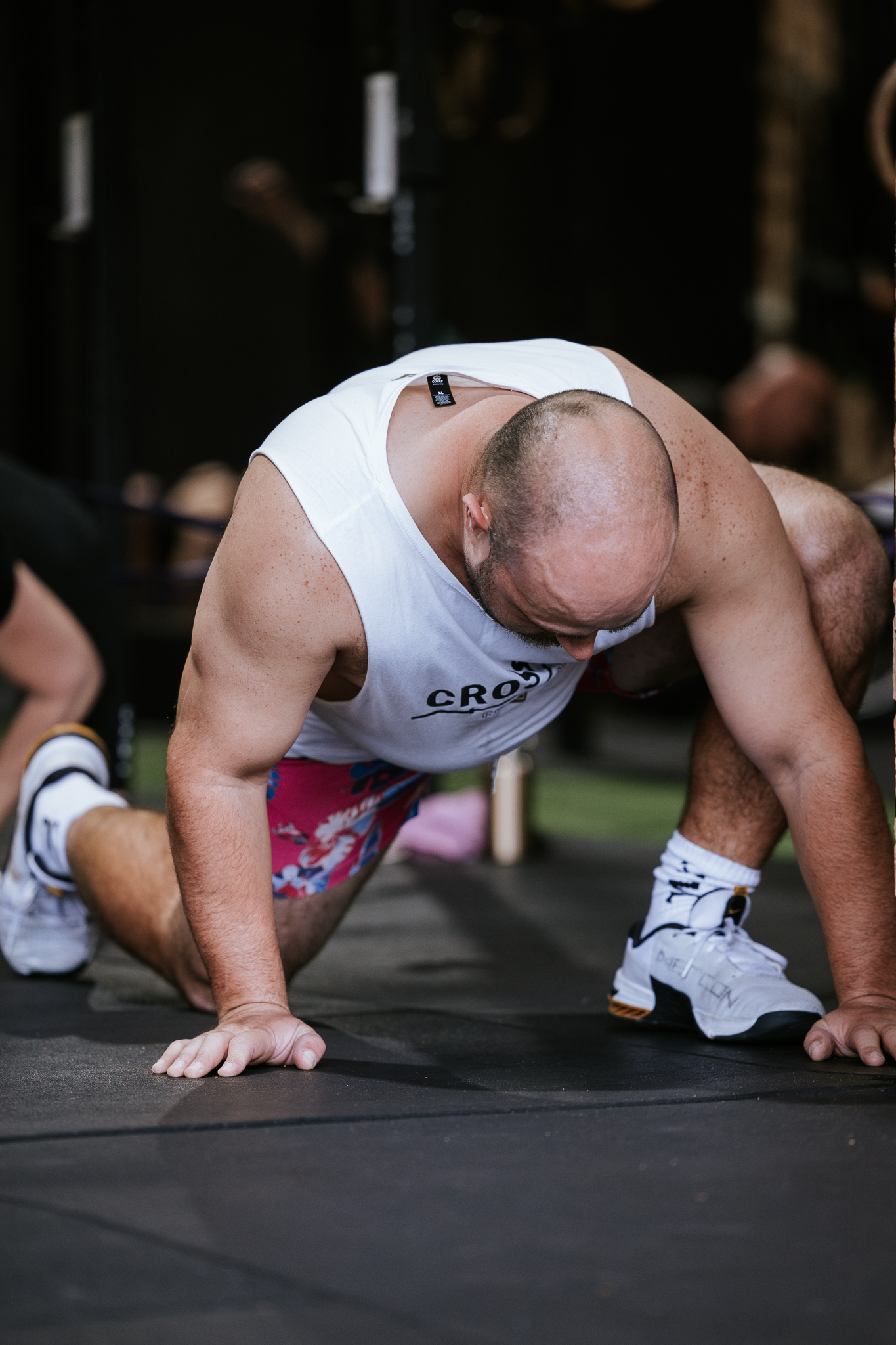
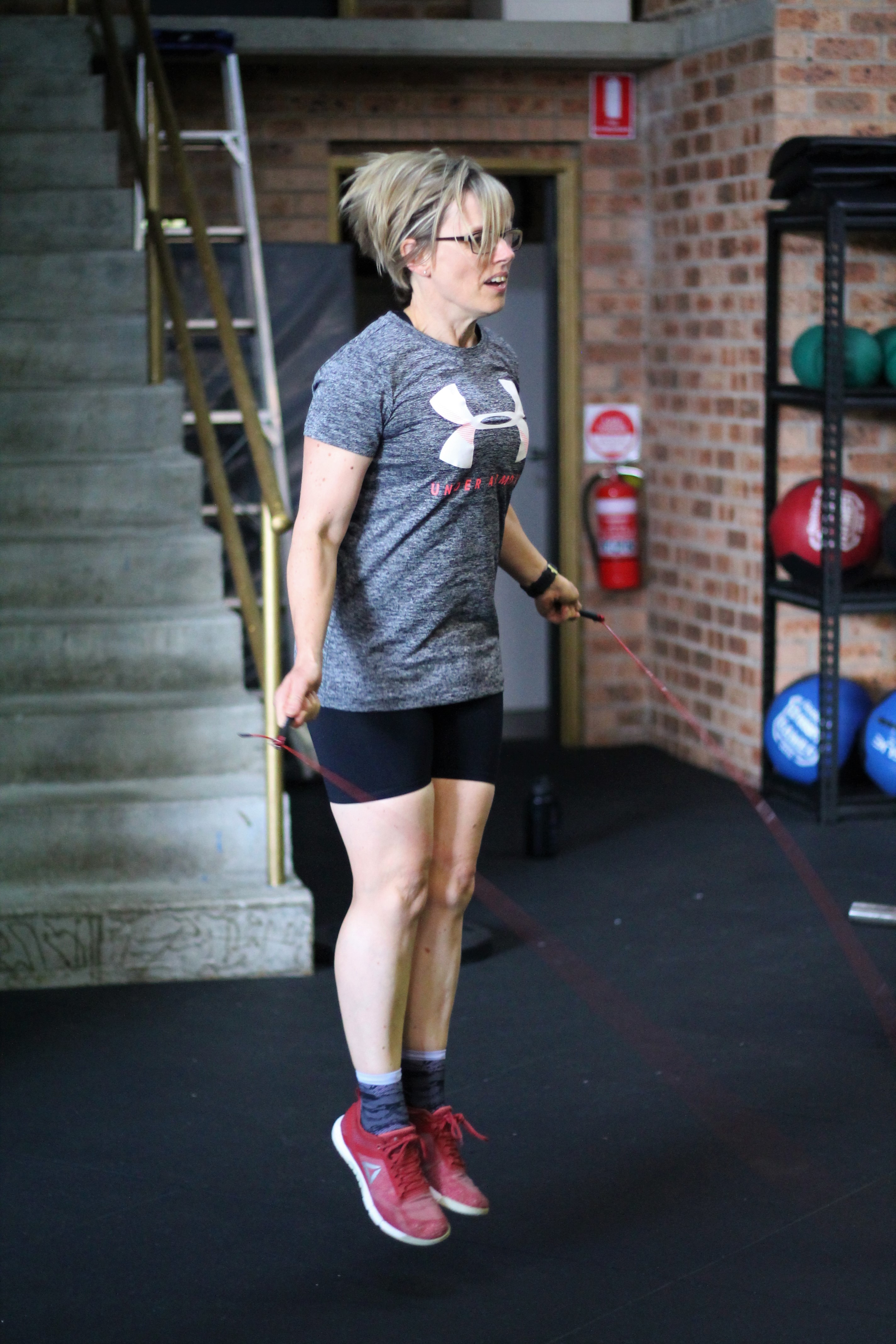
.png)
.png)

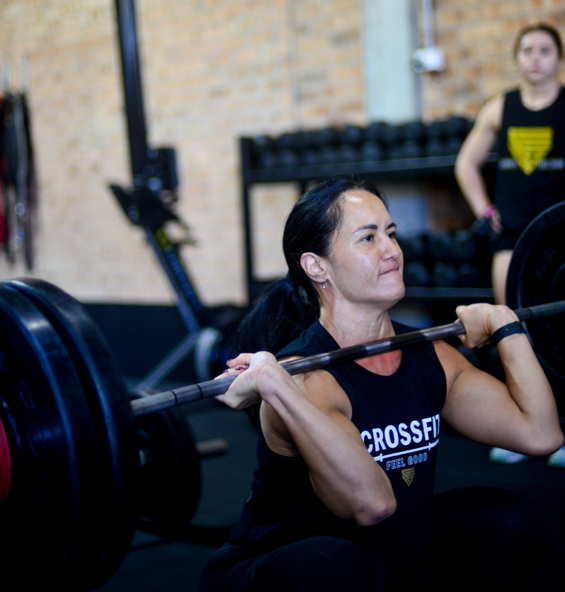
(1)(1)(1).jpg)
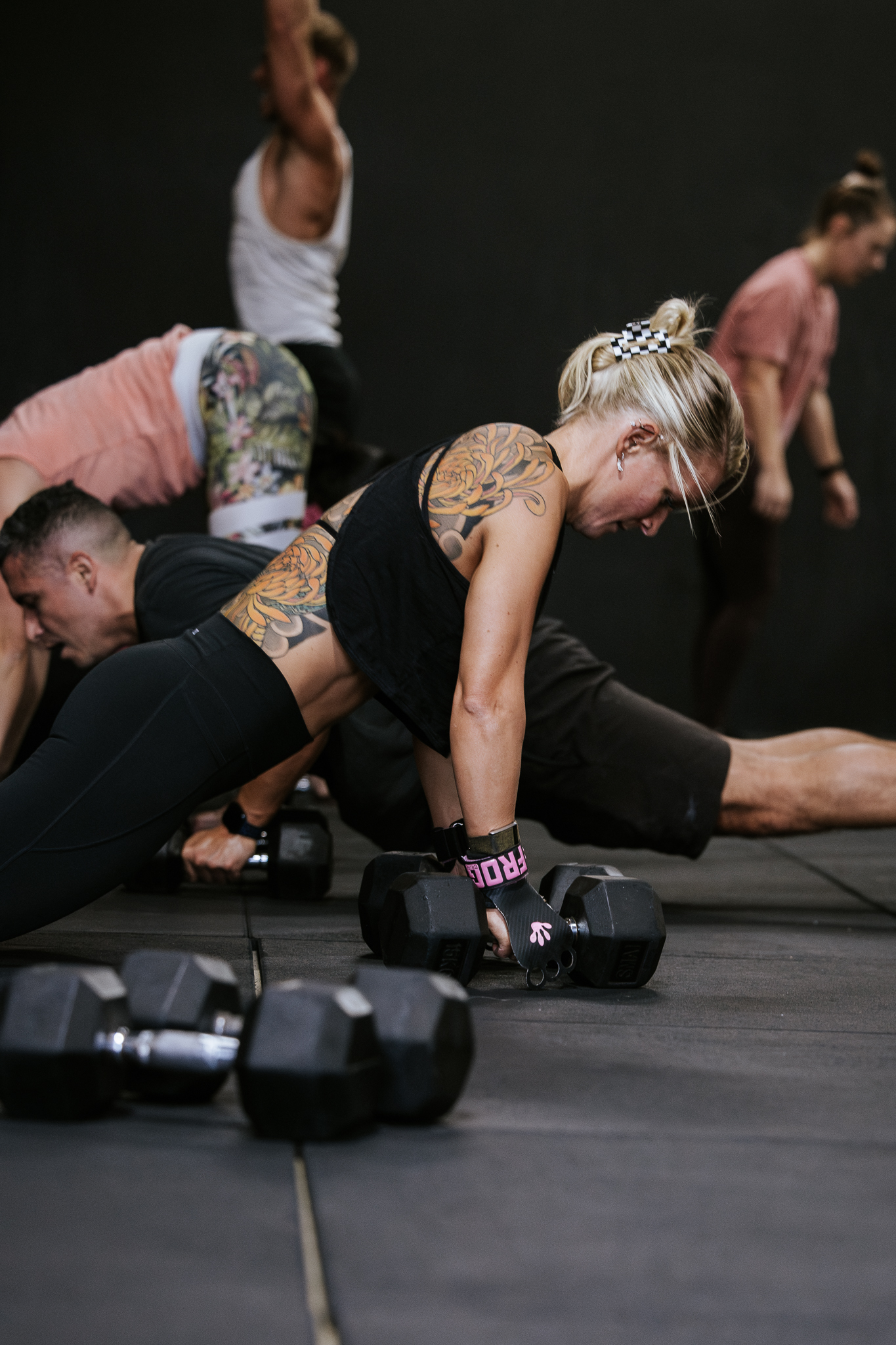


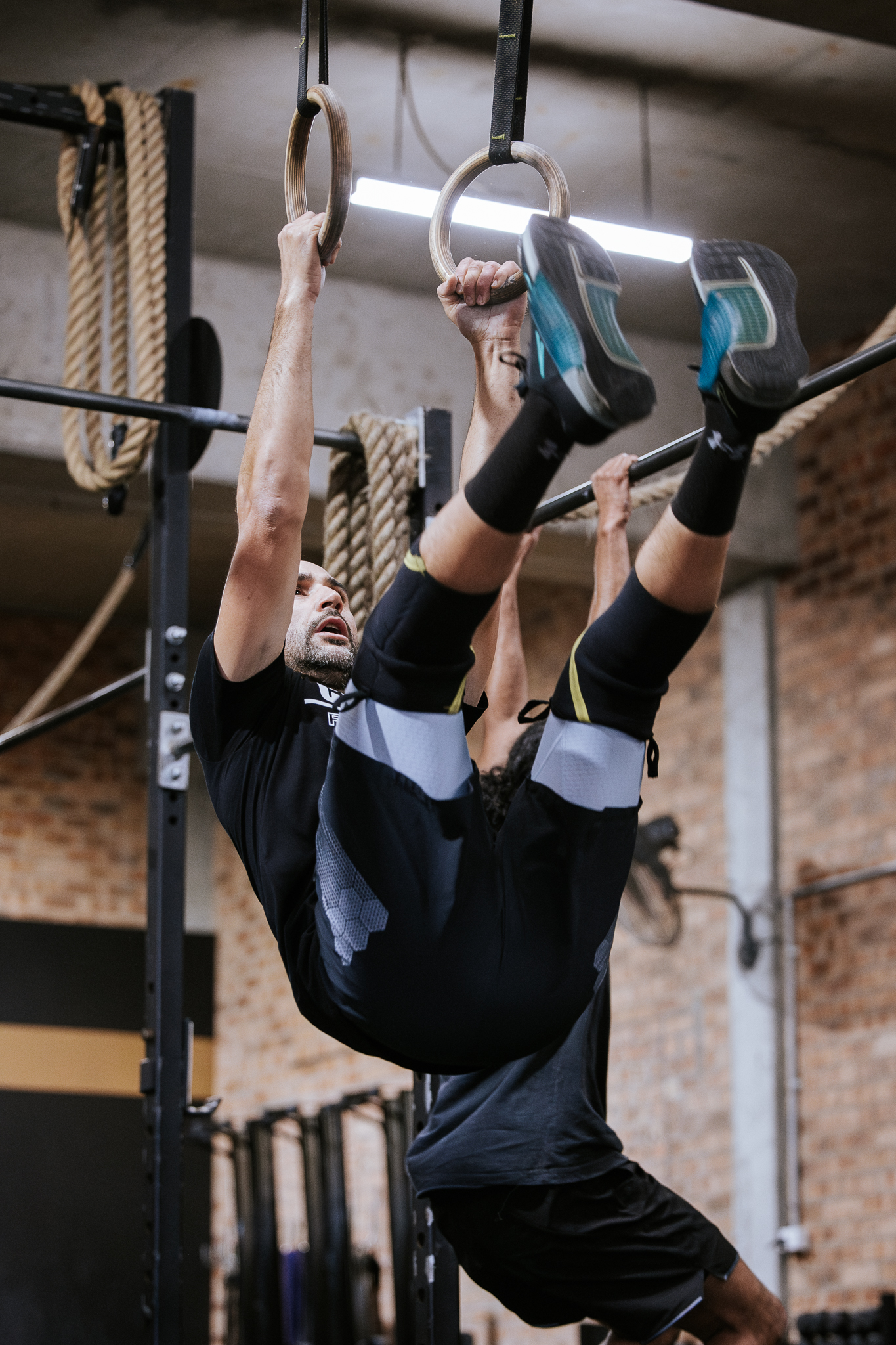

.jpg)
.jpg)
.png)
(1).jpg)
.jpg)